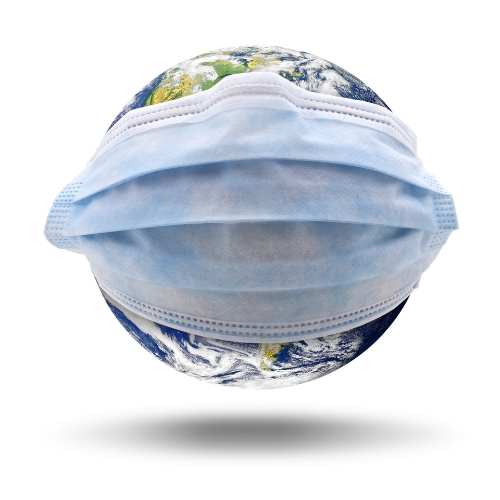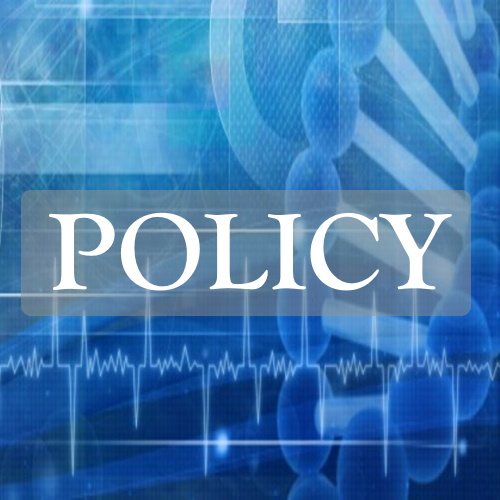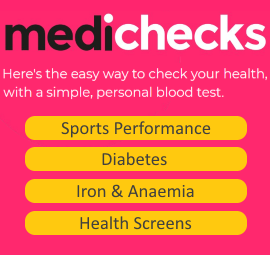Key points from article :
The World Health Organization (WHO) has reached a historic agreement on a legally binding treaty aimed at strengthening global preparedness and cooperation for future pandemics. The treaty, the result of three years of negotiations, is designed to prevent the kind of disorganization and competition for resources that marked the global response to COVID-19.
Key provisions include the rapid international sharing of data on emerging diseases, improved global supply chain oversight for personal protective equipment (PPE), and commitments from pharmaceutical companies to reserve portions of pandemic-related treatments for global distribution. Specifically, 10% of vaccine, diagnostic, and therapeutic production will be allocated to the WHO, with an additional 10% provided at affordable prices.
The agreement also encourages the transfer of health technologies to lower-income countries—though this clause was highly debated. While it aims to boost local vaccine production during future health emergencies, wealthier nations expressed concerns about its impact on innovation and intellectual property.
A central feature of the treaty is the proposed Pathogen Access and Benefit-Sharing System (PABS), which will enable faster data exchange and early drug development. WHO Director-General Dr. Tedros Adhanom Ghebreyesus called the treaty “a significant milestone” and a demonstration that multilateral cooperation is still possible in a divided world.
The pact, only the second of its kind in WHO’s history after the 2003 tobacco control convention, will be formally adopted at the World Health Assembly next month. However, the U.S., which is set to leave the WHO in 2026, will not be bound by the agreement.







